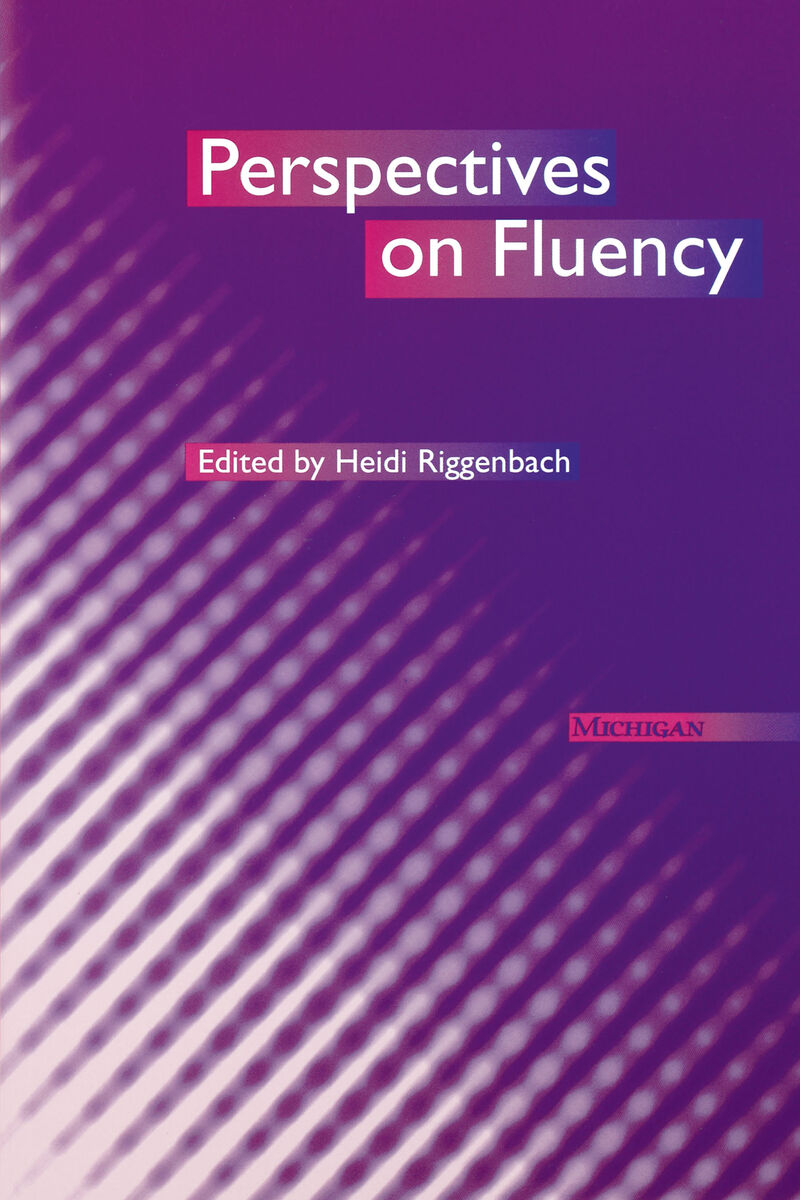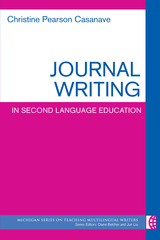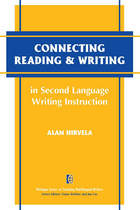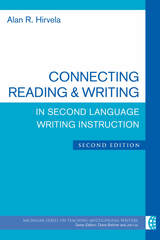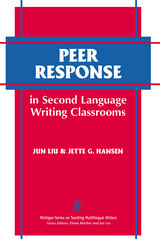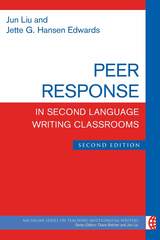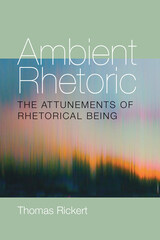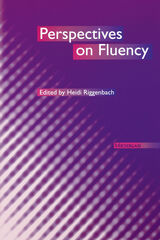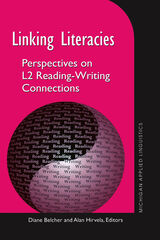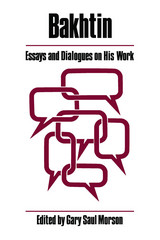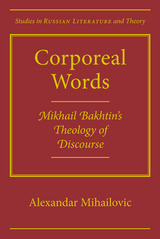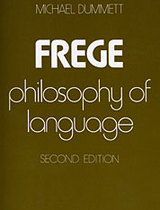Perspectives on Fluency
University of Michigan Press, 2000
Paper: 978-0-472-08604-7 | Cloth: 978-0-472-11028-5
Library of Congress Classification P53.4115.P47 2000
Dewey Decimal Classification 418.0071
Paper: 978-0-472-08604-7 | Cloth: 978-0-472-11028-5
Library of Congress Classification P53.4115.P47 2000
Dewey Decimal Classification 418.0071
ABOUT THIS BOOK | REQUEST ACCESSIBLE FILE
ABOUT THIS BOOK
Because there have been few attempts to specify precisely what fluency is, Heidi Riggenbach has culled an impressive list of linguistic scholars and researchers representing the disciplines of psycholinguistics, socio-linguistics, and speech communication, for example, to write original papers for Perspectives on Fluency. This volume offers a historical overview of fluency and, in seeking to better define the term, focuses on both native speaker and nonnative speaker fluency.
Section 1, What Is Fluency? presents papers that all describe fluency, but in different ways.
The articles in Section 2, Essential Components of Fluency, consider features or components that contribute to impressions of fluency.
Section 3, Cognitive Processes Underlying Fluency, is devoted to an exploration of the psycholinguistic factors underlying fluency.
Three studies are presented in Section 4, Empirical Studies on Nonnative Fluency, and they exemplify the range of approaches to characterizing learners as fluent or nonfluent in their target language.
One objective of Perspectives on Fluency is to provide a starting point for language researchers interested in exploring the concept of fluency, a foundation that, until the arrival of this volume, did not exist. The book can be useful to those approaching fluency from a language assessment perspective, and those interested in the relationship of fluency to oral proficiency.
Section 1, What Is Fluency? presents papers that all describe fluency, but in different ways.
The articles in Section 2, Essential Components of Fluency, consider features or components that contribute to impressions of fluency.
Section 3, Cognitive Processes Underlying Fluency, is devoted to an exploration of the psycholinguistic factors underlying fluency.
Three studies are presented in Section 4, Empirical Studies on Nonnative Fluency, and they exemplify the range of approaches to characterizing learners as fluent or nonfluent in their target language.
One objective of Perspectives on Fluency is to provide a starting point for language researchers interested in exploring the concept of fluency, a foundation that, until the arrival of this volume, did not exist. The book can be useful to those approaching fluency from a language assessment perspective, and those interested in the relationship of fluency to oral proficiency.
See other books on: English as a Second Language | Fluency | Foreign Language Study | Language and languages | Perspectives
See other titles from University of Michigan Press
